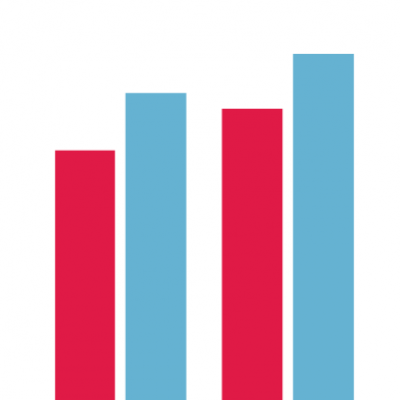Percentage of employees in insecure work by region/nation, sex, age, ethnicity and income
5 October 2022

Key points
-
Around 1 in 10 workers are in insecure work based on their contractual arrangements.
-
While the proportion of workers in insecure employment remained steady between 2014 and 2021 at around 10%, trends and levels differed significantly between demographic groups.
-
Women were more likely to be in insecure employment than men.
-
Insecure employment varied widely between different age groups. In 2021, more than 1 in 3 workers aged 16 to 19 were in insecure employment, compared to only 1 in 12 aged 35-44.
-
Pakistani, Bangladeshi and Black/African/Caribbean were the ethnic groups most likely to experience insecure work in 2021 - 20.5%, 19.9% and 18.6% respectively.
-
The highest proportion of workers in insecure employment is among people on the lowest pay.
While the proportion of workers in insecure employment remained steady between 2014 and 2021 at around 10%, trends and levels differed significantly between demographic groups.
The proportion of workers in insecure employment decreased in some regions and nations, such as the South West and Yorkshire and Humber (10.9% to 10.5%), but increased in others, most notably 9.6% to 10.5% in the North East.
Women are more likely to be in insecure employment than men – 11.5% compared to 9.6% in 2021.
Insecure employment varies widely between different age groups. In 2021, more than 1 in 3 employees aged 16 to 19 were in insecure employment, compared to only 1 in 12 aged 35–44. The 16–19 age group experienced a 30% rise in insecure employment from 2014 to 2021, the highest in any age group.
The ethnic groups most likely to experience insecure work in 2021 were Pakistani, Bangladeshi and Black/African/Caribbean – 20.5%, 19.9% and 18.6% respectively. The group least likely to experience insecure employment were Chinese workers – 9.7%. Between 2014 and 2021, the proportion of workers in insecure employment rose among Black/African/Caribbean, Bangladeshi and mixed ethnic groups, fell among Chinese and Pakistani groups, and remained constant for workers in White and Indian groups.
Across the pay distribution, the proportion of workers in insecure employment is the highest for the people in the lowest pay decile and generally decreases as pay goes up, but increases again in the two highest pay deciles.
The analysis suggests that the workers most likely to be in insecure work are young people from minority ethnic groups in the lowest 10% of the income distribution.
Strong employment growth alone has not been enough to eradicate job insecurity. The probability of someone experiencing insecure employment strongly relates to their demographic characteristics, such as ethnicity and age, as well as income, which calls for a targeted approach to tackling job insecurity.
This indicator is based on a syntax provided to the ONS by the Equality and Human Rights Commission, modified to include zero-hour contracts. Due to data availability, the yearly figures are an average of the second and fourth quarter (April to June and October to December). Insecure employment is made up of four categories: (i) individuals employed on zero-hour contracts; (ii) workers employed through an employment agency; (iii) individuals in a job that is in some way not permanent; and (iv) individuals self-employed in vulnerable sectors (caring and leisure; process, plant and machine operatives; elementary occupations). The sum of all the categories does not equal the total number of people who are insecurely unemployed, because some individuals belong to more than one category at once.
Source: Office for National Statistics, Labour Force Survey







